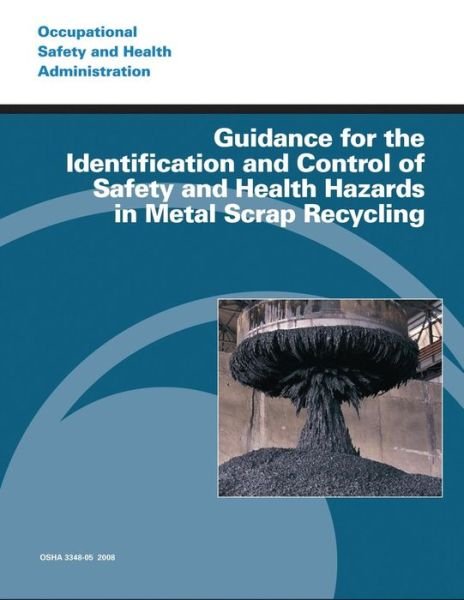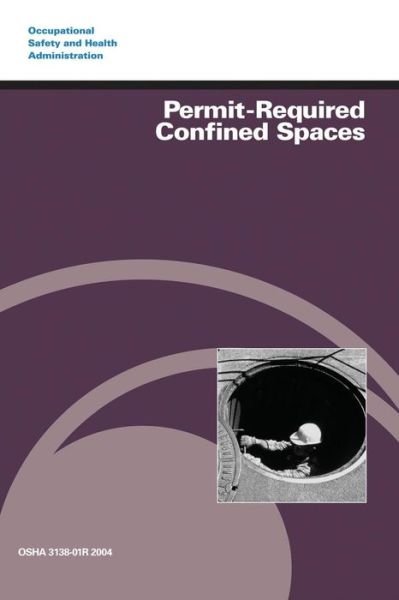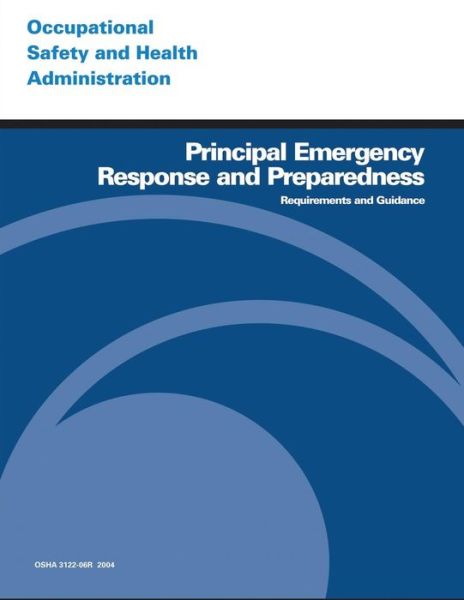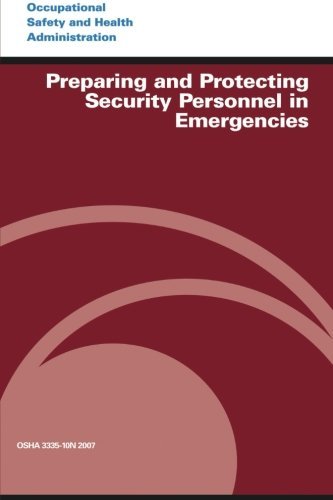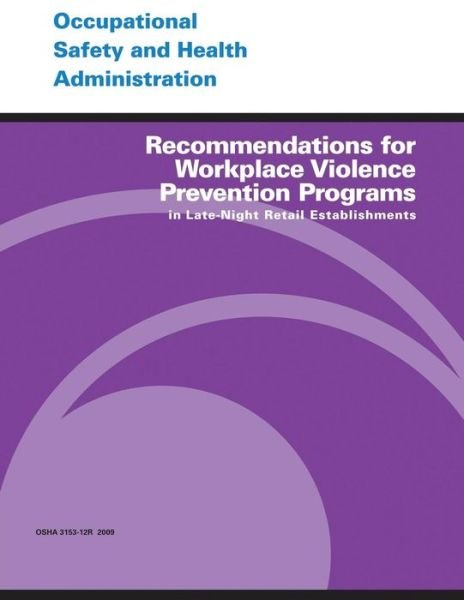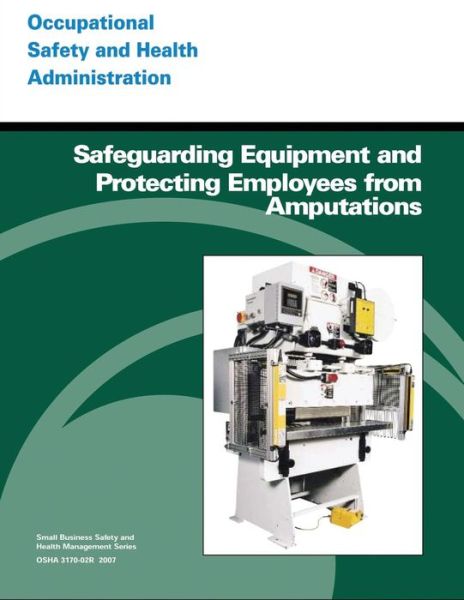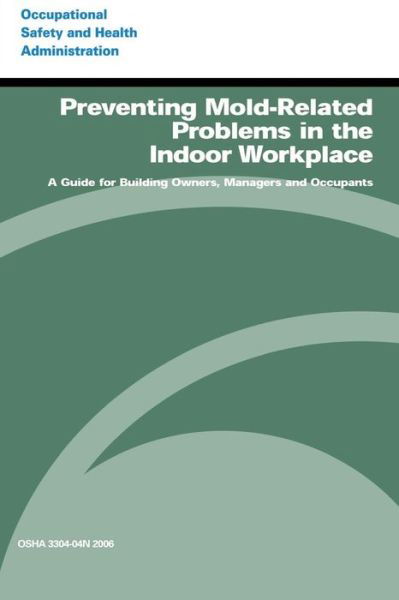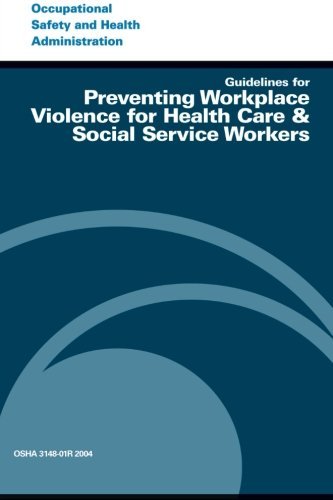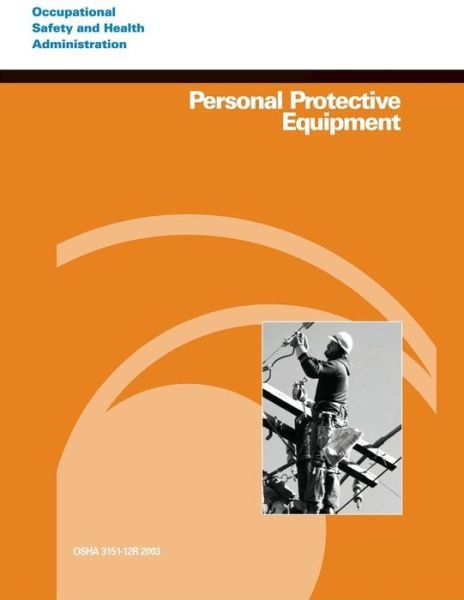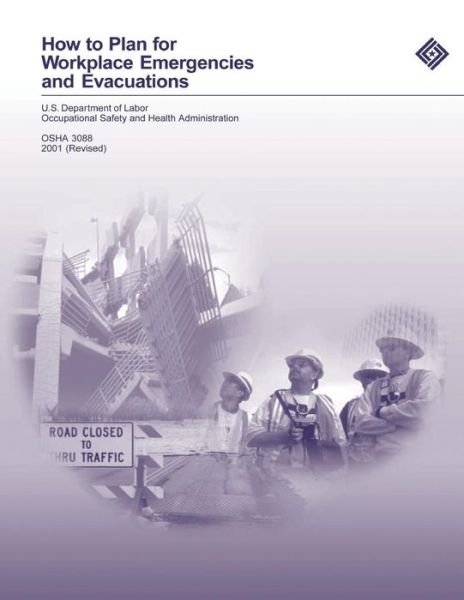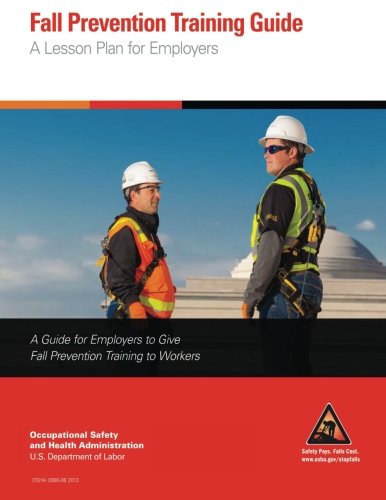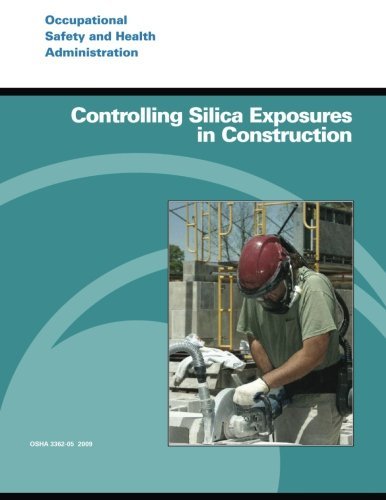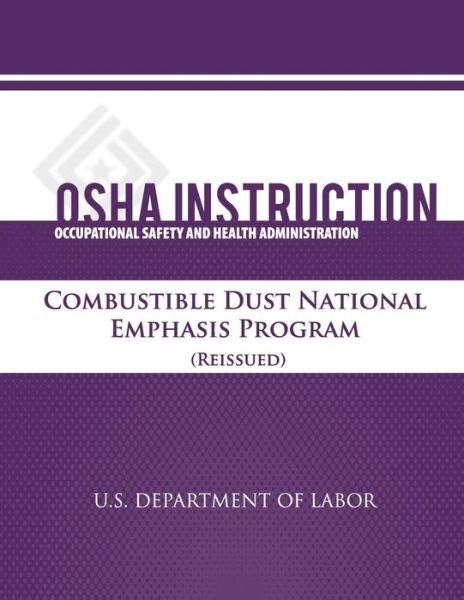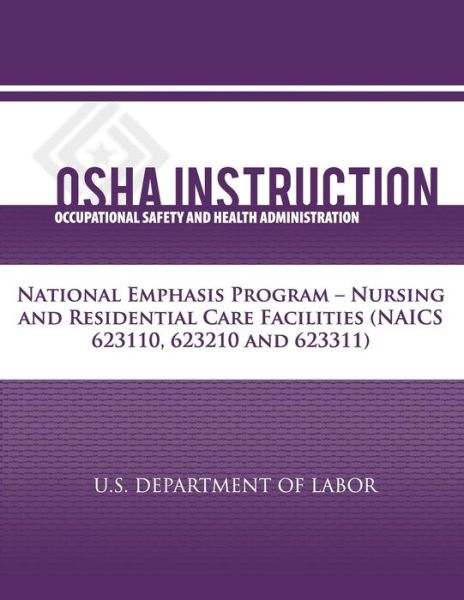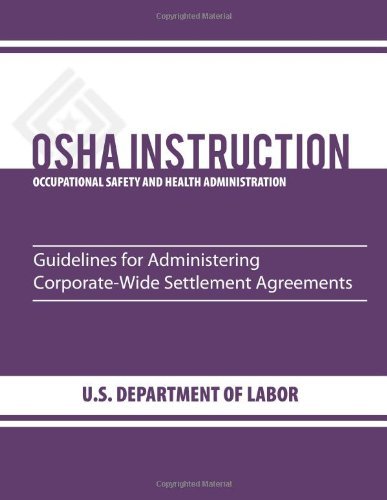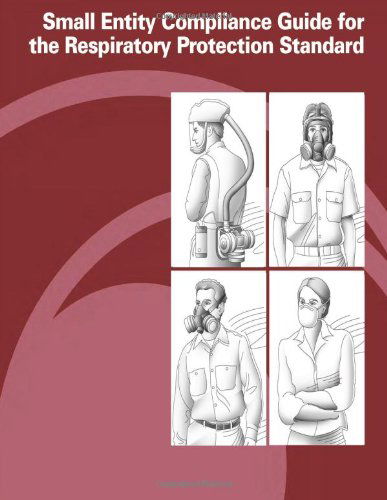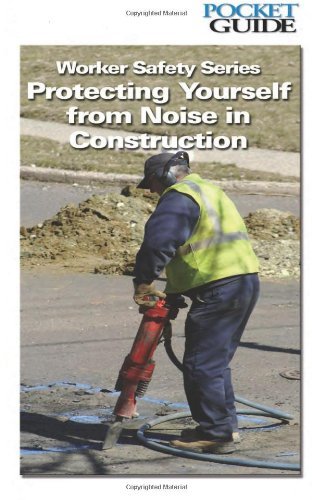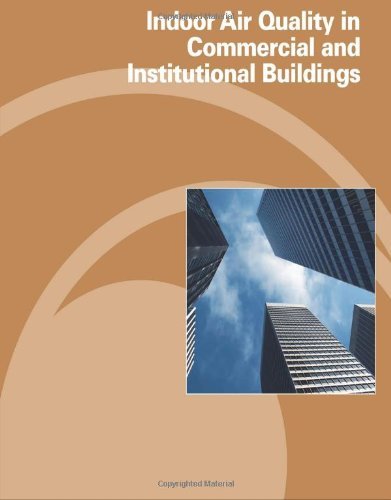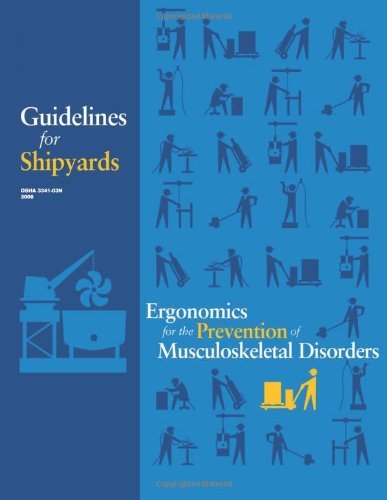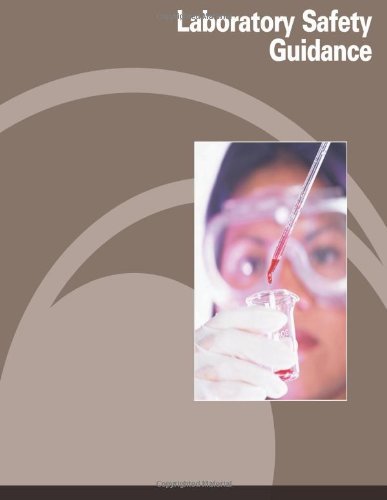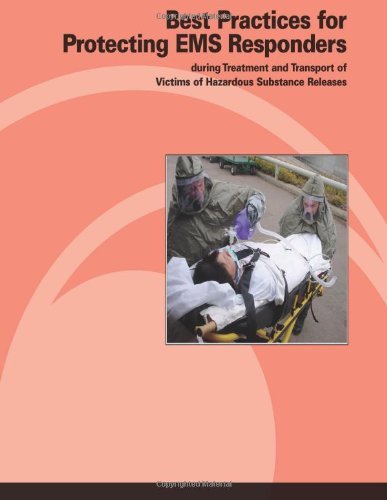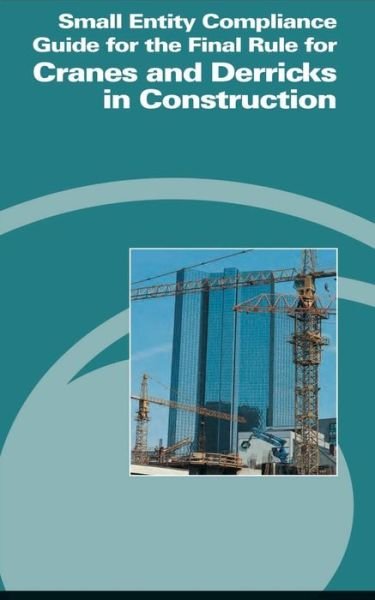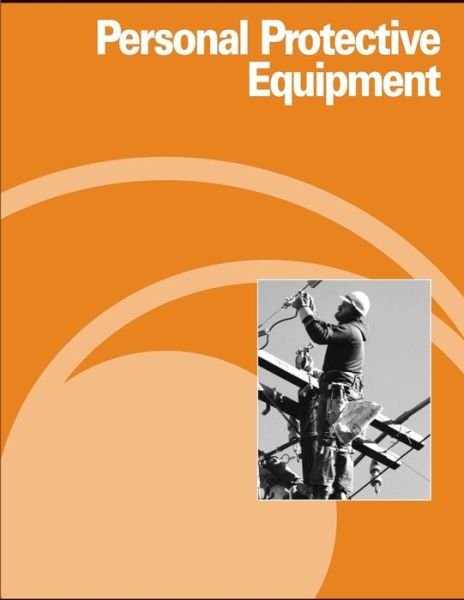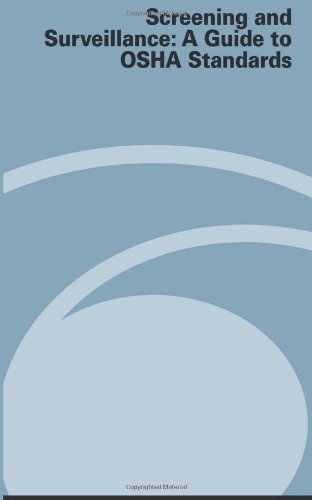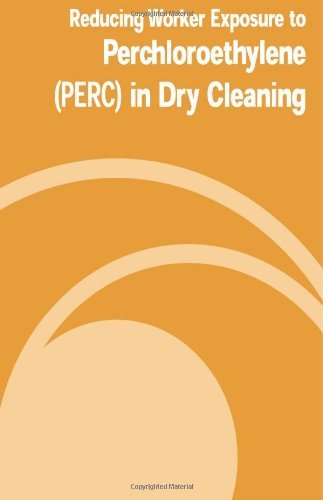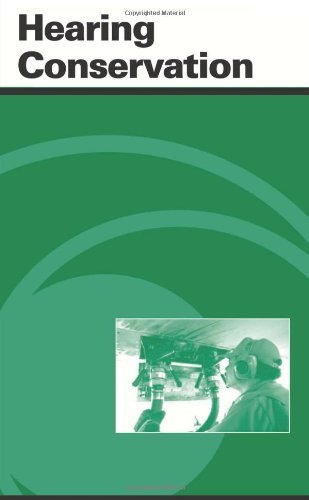
Tell your friends about this item:
Hearing Conservation
Occupational Safety and Health Administration
Hearing Conservation
Occupational Safety and Health Administration
OSHA Publication 3074, Hearing Conservation, summarizes the required component of OSHA?s hearing conservation program for general industry. It covers monitoring, audiometric testing, hearing protectors, training, and recordkeeping requirements. Noise, or unwanted sound, is one of the most pervasive occupational health problems. It is a by-product of many industrial processes. Sound consists of pressure changes in a medium (usually air), caused by vibration or turbulence. These pressure changes produce waves emanating away from the turbulent or vibrating source. Exposure to high levels of noise causes hearing loss and may cause other harmful health effects as well. The extent of damage depends primarily on the intensity of the noise and the duration of the exposure. Noise-induced hearing loss can be temporary or permanent. Temporary hearing loss results from short-term exposures to noise, with normal hearing returning after period of rest. Generally, prolonged exposure to high noise levels over a period of time gradually causes permanent damage. OSHA?s hearing conservation program is designed to protect workers with significant occupational noise exposures from hearing impairment even if they are subject to such noise exposures over their entire working lifetimes.
| Media | Books Paperback Book (Book with soft cover and glued back) |
| Released | June 21, 2012 |
| ISBN13 | 9781478107613 |
| Publishers | CreateSpace Independent Publishing Platf |
| Pages | 30 |
| Dimensions | 127 × 203 × 2 mm · 40 g |
| Language | English |

 Christmas presents can be returned until 31 January
Christmas presents can be returned until 31 January


